Music
Trailers
DailyVideos
India
Pakistan
Afghanistan
Bangladesh
Srilanka
Nepal
Thailand
StockMarket
Business
Technology
Startup
Trending Videos
Coupons
Football
Search
Download App in Playstore
Download App
Best Collections
Technology
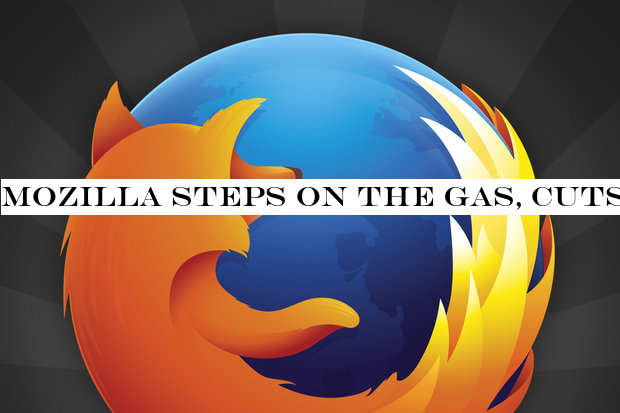
Mozilla on Tuesday announced it would accelerate Firefox releases by reducing the interval between upgrades to just four weeks.
Firefox has been on a relatively rapid release cadence - an upgrade every six to eight weeks - since 2011, when Mozilla shifted to a faster schedule, a move seen at the time as reaction to the then-up-and-coming Chrome from Google. Prior to that, Mozilla spent up to a year - and longer - between upgrades.
[ Further reading: 14 must-have Firefox add-ons ]Now, it'll be just four weeks.
To read this article in full, please click here
- Details
- Category: Technology
Read more: Mozilla steps on the gas, cuts time between Firefox upgrades in half
Write comment (90 Comments)The boom in popularity for podcasting has given a new voice to the world of spoken word content that had been largely left for dead with the decline of broadcast radio. Now riding the wave of that growth, a startup called Descript thatbuilding tools to make the art of creating podcasts — or any other content that involves working with audio — a little easier with audio transcription and editing tools, has a trio of news announcements: funding, an acquisition, and the launch of a new tool that brings some of the magic of natural language processing and AI to the medium by letting people create audio of their own voices based on text that they type.
Descript, the latest startup from Groupon founder Andrew Mason, created asa spinoff of his audio-guide business Detour (which got acquired by Bose last year), is today announcing $15 million in funding, a Series A for expanding the business (including hiring more people) thatcoming from Andreessen Horowitz (it also funded the startupseed round in 2017) and Redpoint.
Along with that, the company has acquired a small Canadian startup, Lyrebird — which had, like Descript, also built audio editing tools. Together, the two are rolling out a new feature for Descript called Overdub: people will now be able to create &templates& of their voices that they can in turn use to create audio based on words that they type, part of a bigger production suite that will also let users edit multiple voices on multiple tracks. The audio can be standalone, or the audio track for a video.
(The video transcription works a little differently: when you add in words, or take them out, the video makes jumps to account for the changes in timing.)
Overdub is the latest addition to a product that lets users create instant transcriptions of audio text that can then be cut and potentially augmented with music other audio using drag-and-drop tools that take away the need for podcasters to learn sound engineering and editing software. The non-technical emphasis of the product has given Descript a following among podcasters and others that use transcription software as part of their audio production suites. The product is priced in a freemium format: no charge for upto four hours of voice content, and $10 per month after that.
[gallery ids="1883020,1883019,1883018,1883017"]
In the age of market-defining, election-winning fake news aided and abetted by technology, you&d be forgiven for wondering if Overdub might not be a highway to Deep Fake City, where you could use the technology to create any manner of &statements& by famous voices.
Mason tells me that the company has built a way to keep that from being able to happen.
The demo on the companyhome page is created with a special proprietary voice just for illustrative purposes, but to actually activate the editing and augmenting feature for a piece of their own audio, users have to first record a number of statements that repeated-back, based on text created on the fly and in real time. These audio clips are then used to shape your digital voice profile.
This means that you can&t, for example, feed audio of Donald Trump into the system to create a version of the President saying that he is awfully sorry for suggesting that building walls between the US and Mexico was a good idea, and that this would not, in fact, make America Great Again. (Too bad.)
But if you subscribe to the idea that tech advances in NLP and AI overall are something of a PandoraBox, the catalready out of the bag, and even if Descript doesn&t allow for it, someone else will likely hack this kind of technology for more nefarious ends. The answer, Mason says, is to keep talking about this and making sure people understand the potentials and pitfalls.
&People have already have created the ability to make deep fakes,& Mason said. &We should expect that not everybody is going to follow the same constrants that we have followed. But part of our role is to create awareness of the possibilities. Your voice is your identity, and you need to own that voice. Itan issue of privacy, basically.&
The developments underscore the new opportunity that has opened up in tapping some of the developments in artificial intelligence to address what is a growing market. On one hand, ita big market: based just on ad revenues alone, podcasting is expected to bring in some $679 million this year, and $1 billion by 2021, according to the IAB — one reason why companies like Spotify and Apple are betting big on it as a complement to their music streaming businesses.
On the other, the area of production tools for podcasters is a very crowded market, with a number of startups and others putting out a lot of tools that all work quite well in identifying what people are saying and transcribing it accurately.
On the front of transcription and the area where Descript is working, rivals include the likes of Trint, Wreally and Otter, among many others. Decript itself doesn&t even create its basic NLP software; it uses Google&s, since basic NLP is now an area that has essentially become &commoditized,& said Mason in an interview.
That makes creating new features, tapping into AI and other advances, all the more essential, as we look to see if one tool emerges as a clear leader in this particular area of SaaS.
&In livemultiuser collaboration, there is still no other tool out there that has done what we have done with large uncompressed audio files. That is no small feat, and it has taken time to get it right,& said Mason. &Ihave seen this transition manifest from documents to spreadsheets to product design. No one would have thought of something like product design to be huge space but just by taking these tools for collaboration and successfully porting them to the cloud, companies like Figma have emerged. And thathow we got involved here.&
- Details
- Category: Technology
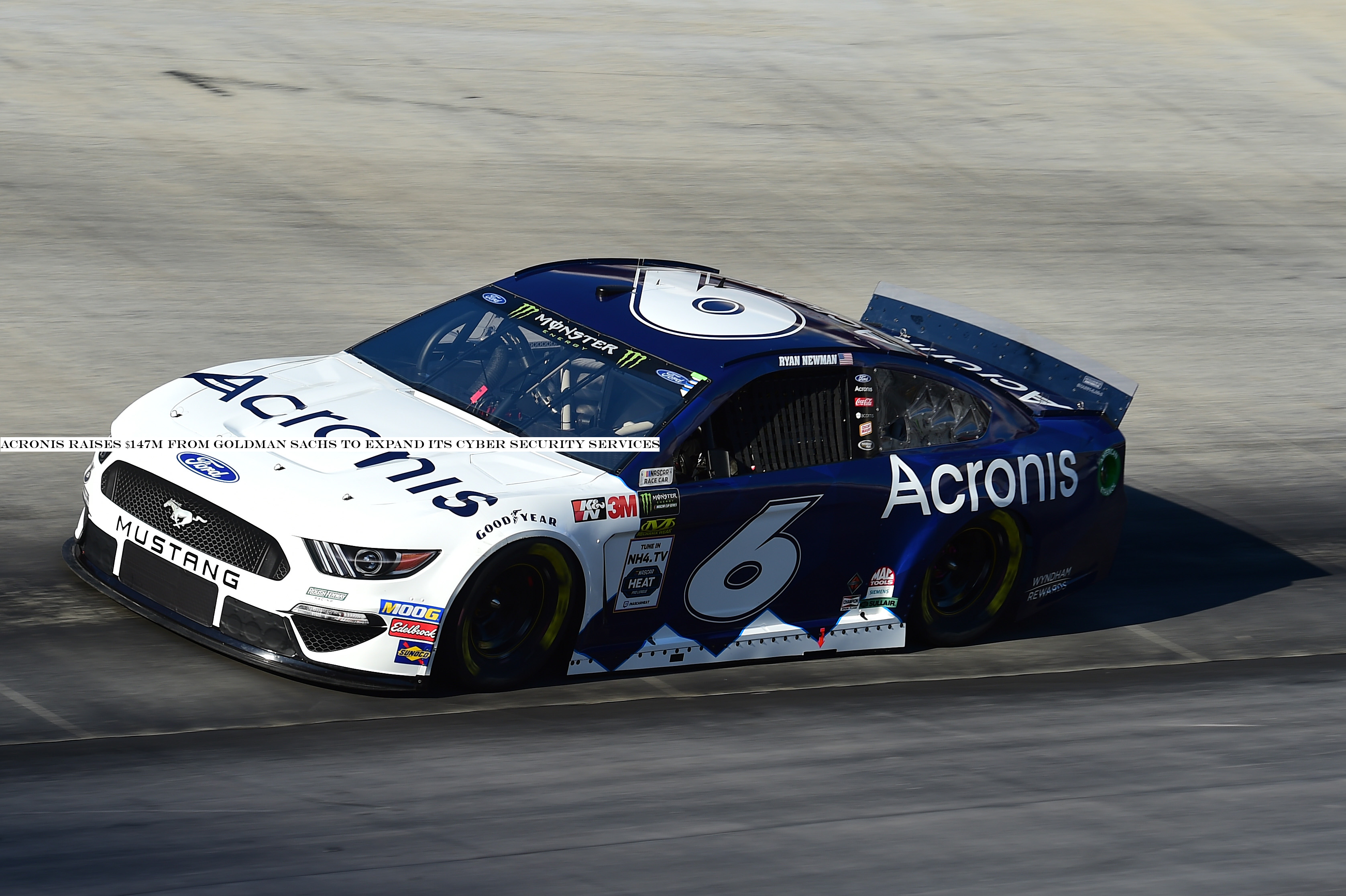
When you hear the name Acronis, chances are you&re thinking about products like its disk cloning tool True Image or maybe its backup services. The company, though, wants you to think about cyber protection and all of its products (and their marketing) are now focused on this direction. To expand on this vision, the company has now raised $147 million from Goldman Sachs at a valuation over $1 billion.
The company says it will use the funding to expand its engineering teams in Singapore, Bulgaria and Arizona, as well as to build new data centers and acquire other companies to fast-track its product development. The company also plans to invest in its business growth, specifically in North America, through its recently launched partner (and former Acronis business) Arconis SCS, which focuses on selling to the U.S. public sector.
&We are excited about Goldman Sachs‘ investment,& said Serguei Beloussov, founder and CEO ofAcronis . &In 2018, Acronis achieved 20% business growth, and in 2019 it is on track for over 30% growth with the Acronis Cyber Cloud business growing by over 100%. Recently we announced the AcronisCyber Platform, enabling third-parties to customize, extend, and integrate our cyber protection solutions to the needs of their customers and partners. The investment round led by Goldman Sachs will help us to fast-track the product development through acquisitions of companies and additional resources, and accelerate the growth.&
While you may not necessarily think of Acronis as a cybersecurity company, it has made quite a few strides in this direction and the Switzerland- and Singapore-based companyproducts are currently in use by 80 percent of the Fortune 1000. With this new war chest of $147 million, chances are we&ll see Acronis pick up quite a few smaller companies in the near future as it looks to expand its product portfolio and strengthen its brand.
- Details
- Category: Technology
Read more: Acronis raises $147M from Goldman Sachs to expand its cyber security services
Write comment (93 Comments)
Cyber security solutions provider Acronis announced today that it has raised $147 million in funding led by Goldman Sachs, bringing it to unicorn status. The company did not disclose its valuation, but founder and CEO Serguei Beloussov told TechCrunch that it is between $1 billion and $2 billion.
Founded in Singapore as a data backup and recovery company in 2003 and now headquartered in Switzerland, Acronis currently has more than 1,400 employees in 18 countries. Its cyber protection technology is used by 5 million consumers and 500,000 businesses.
Beloussov says this is the first time the company has raised capital. In 2004, Acronis sold part of its business to an outside firm in a secondary transaction for $11 million. Since then it has been profitable, but it is now aiming for very rapid growth, targeting $1 billion in revenue by 2022. The company wants to take advantage of increasing demand for cybersecurity solutions by expanding its research and development teams and making several acquisitions in the cybersecurity space.
In a statement, Holger Staude, the vice president of Goldman Sachs Growth, said &We are excited to invest in Acronis at this stage of rapid growth. The traditional backup and data protection market is being disrupted by Acronis Cyber Protection, an innovative solution delivered efficiently through a vast channel of service providers.&
Acronis& products include Cyber Protection to safeguard data, a platform that allows third-party developers to integrate Acronis& technology into their own applications and Cyber Cloud, which enables enterprise IT to deliver Acronis& cyber protection services to end customers. It plans to grow its product roster by acquiring companies that protect applications it doesn&t already support. Beloussov says that the company will also add long-term protection for applications and data and integrate more data destinations.
&We are growing because we have completely changed the company strategy from being a data protection company to a cyber protection company, from data protection applications to being a cyber protection platform, and being a data protection provider to building a cyber protection infrastructure,& says Beloussov, adding that demand is being driven by three trends.
The first is the increasing adoption of edge computing and end point computing, which means more devices outside of data centers need to be protected. The second is the increasing sophistication of cyber crime. Companies need to protect themselves against attacks, but also be prepared to perform recovery and forensics when they happen. The third is the cost of protecting large amounts of data, meaning providers who are able to offer the lowest pricing gain an advantage.
Beloussov says Acronis differentiates from other data backup and security companies, like Veeam or Carbonite, by providing a comprehensive solution that addresses what Acronis refers to as the &Five Sectors of Cyber Protection&: safety, accessibility, privacy, authenticity and security of data. By being able to rely on one provider for more of their cybersecurity needs, companies can save money. Acronis also has a flexible business model, allowing customers to combine its products in a way that saves on costs, Beloussov adds.
&We have very aggressive plans and hope to provide cyber protection for as many workloads, customers and people as possible,& Beloussov says.
- Details
- Category: Technology
Apple iPhones numbers may have suffered in recent years, but when it comes to smartwatches, the company remains utterly dominant. Recent figures from Counterpoint put Apple Watch growth at 48% year over year for the first quarter, commanding more than a third of the total global smartwatch market. Samsungmyriad different models, meanwhile, put the company in a distant second with 11%.
All of that is to say that Appleclearly doing something right here, and competitors like Fitbit and Fossil (the latter of which has been working closely with Google) have plenty of catching up to do on the smartwatch front. Given the companysizable head start, it probably comes as no surprise that the latest version of the watch is more interested in refining the device, rather than reinventing the wheel.
Announced alongside a repositioned line of iPhones, the Apple Watch Series 5 doesn&t include any hardware additions quite as flashy as the LTE functionality and ECG (electrocardiogram) monitor it introduced with previous updates. Therean always-on display and a built-in compass — as far as smartwatch features go, neither is the sort of thing thatlikely to win over longtime holdouts. But taken as a whole, the new features go a ways toward maintaining the devicespot at the top of the smartwatch heap.
Visually, Watch remains largely unchanged from previous generations, aside from the increased display size that arrived on the Series 4. The addition of the always-on display, however, addresses a longstanding issue with the device. When not in use, the Watch has traditionally been a blank screen. It seems like a massive oversight, but italso an understandable one. Battery life has always been a big concern with products this size, and keeping a screen on at all times is a surefire way to make sure you&ll run out of juice before the end of the day.
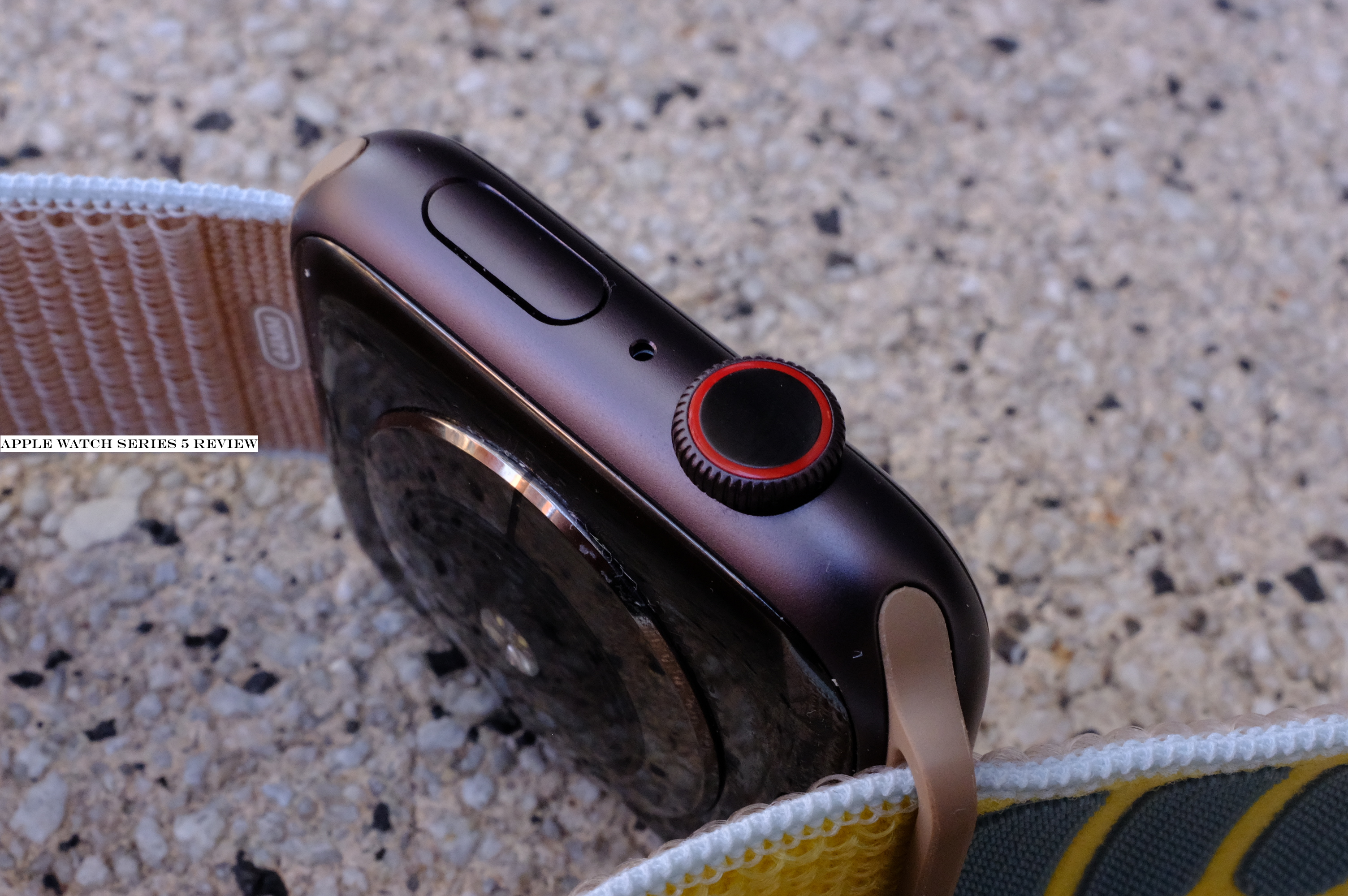
While improved battery life would almost certainly be a welcomed feature in future updates, Applemade a bit of a compromise, offering an always-on watch that lasts the same stated 18 hours as its predecessors. I found I was, indeed, able to get through a day no problem with standard use. My own usage had the product lasting closer to 20 hours without the need to recharge, but even so, the device needs to get charged once a day, regardless — otherwise you&ll almost certainly be out of juice the following day.
The long-awaited addition of sleep tracking failed to materialize for this model — one of the few places where Apple continues to lag the competition. Of course, adding such a feature would require a much more robust battery than one capable of getting 18 hours on a charge.
Appleemployed some clever fixes to ensure that the new feature won&t totally sap battery life. Each of the faces gets a low-power, always-on version. In the case of the Meridian face that I&ve been using (new for WatchOS 6), itwhite text on a black background. Hold the watch up to your face, however, and the colors invert. The active version is easier to see, and the always-on version uses less power.
The low-temperature poly-silicon and oxide display (LTPO), meanwhile, adjusts the refresh rate based on usage. Ita broad spectrum: 60Hz at the high end and as little as 1Hz on the low. The ambient light sensor also automatically adjusts the brightness to help conserve power. Covering the watch with your hand will jumpstart the low-power mode.
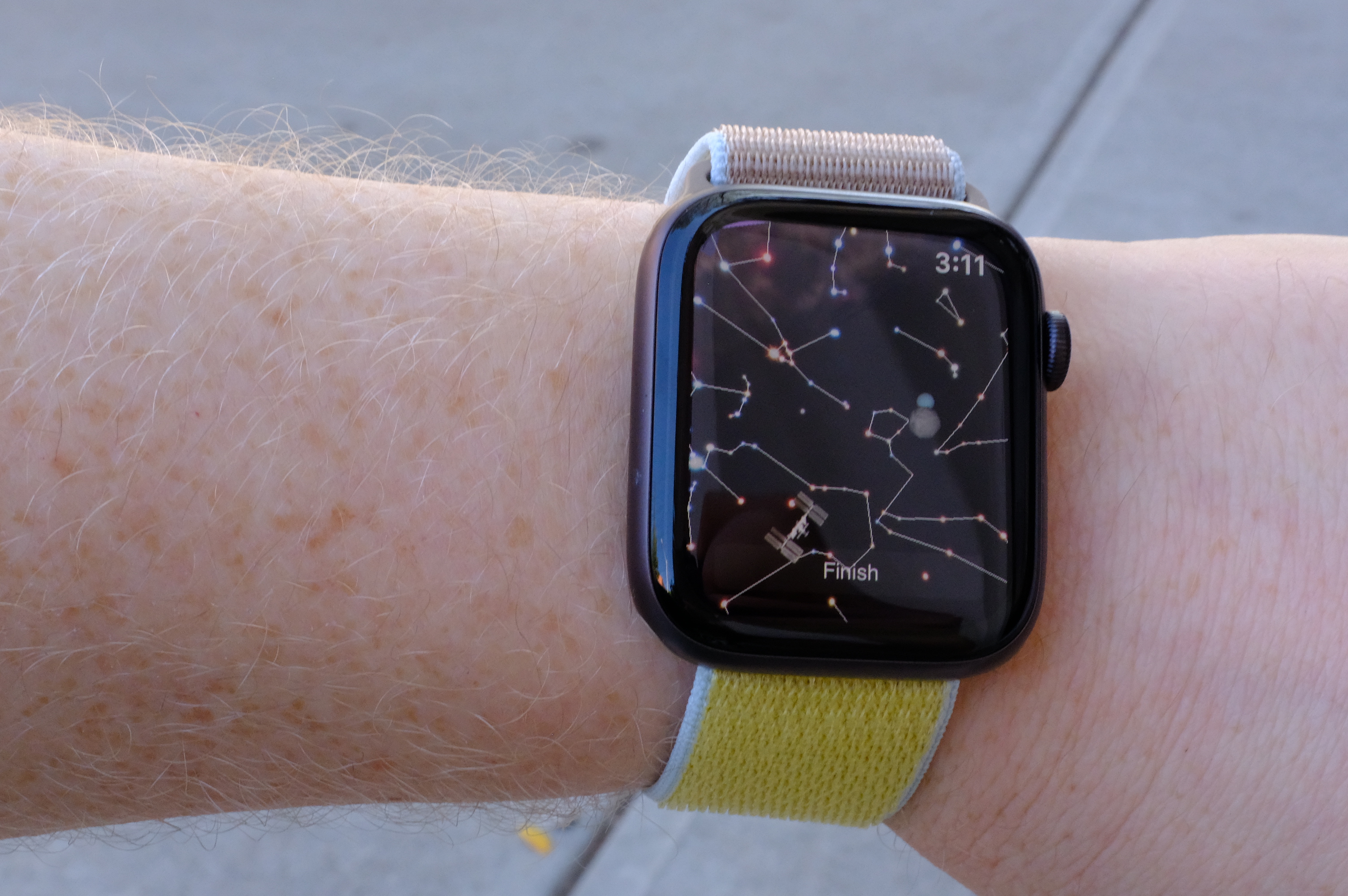
While complications and other features are still on display, they&re simplified, removing any power-hungry features. That means the second hand disappears on the standard watch face, and when the watch is in workout mode, the milliseconds will disappear until you bring the watch back up to your face.
The ambient light sensor also works to dim the display in those situations when a bright always-on screen are a genuine nuisance, like watching a movie in a theater. Though while itfairly dark, you&re probably better off switching the watching into Theater mode, which turns the screen off altogether until you press the crown.
The other big update on the hardware side is the addition of a built-in compass. Like LTE and the speaker before it, the feature represents another case of bringing more smartphone features over to the watch. At present, there are only a handful of Watch applications that utilize the new feature, the most prominent being Appleown Maps. The addition of the compass makes it much easier to navigate directly from the wearable itself.
Ita handy offering on that front. If you don&t mind the smaller screen size, itgreat being able to find your way around a new area without pulling out your phone.Therealso Appleown Compass app, which could prove handy when going for a hike, and also includes a new elevation reading taken from a combination of Wi-Fi, GPS, map data and barometric pressure to determine your positioning relative to sea level.
Given that the product isn&t actually available yet, the number of third-party apps that take advantage of the feature is still pretty limited. That said, the much-loved star map app Night Sky offers a pretty compelling use for the compass, as you swing your arm around to get a better notion of your own place of the massive, ever-expanding cosmos.
The last big addition is Emergency SOS. Of course, itnot always possible to test out every new feature on a device for obvious reasons. We&re going to have to take Appleword for it on this one. The feature, which is only supported on the cellular version of the Series 5, brings the ability to call local emergency services when traveling abroad — even when therenot a phone nearby. The feature also works with the fall-detection feature announced the last time around, sending an emergency SOS if the wearer takes a spill.
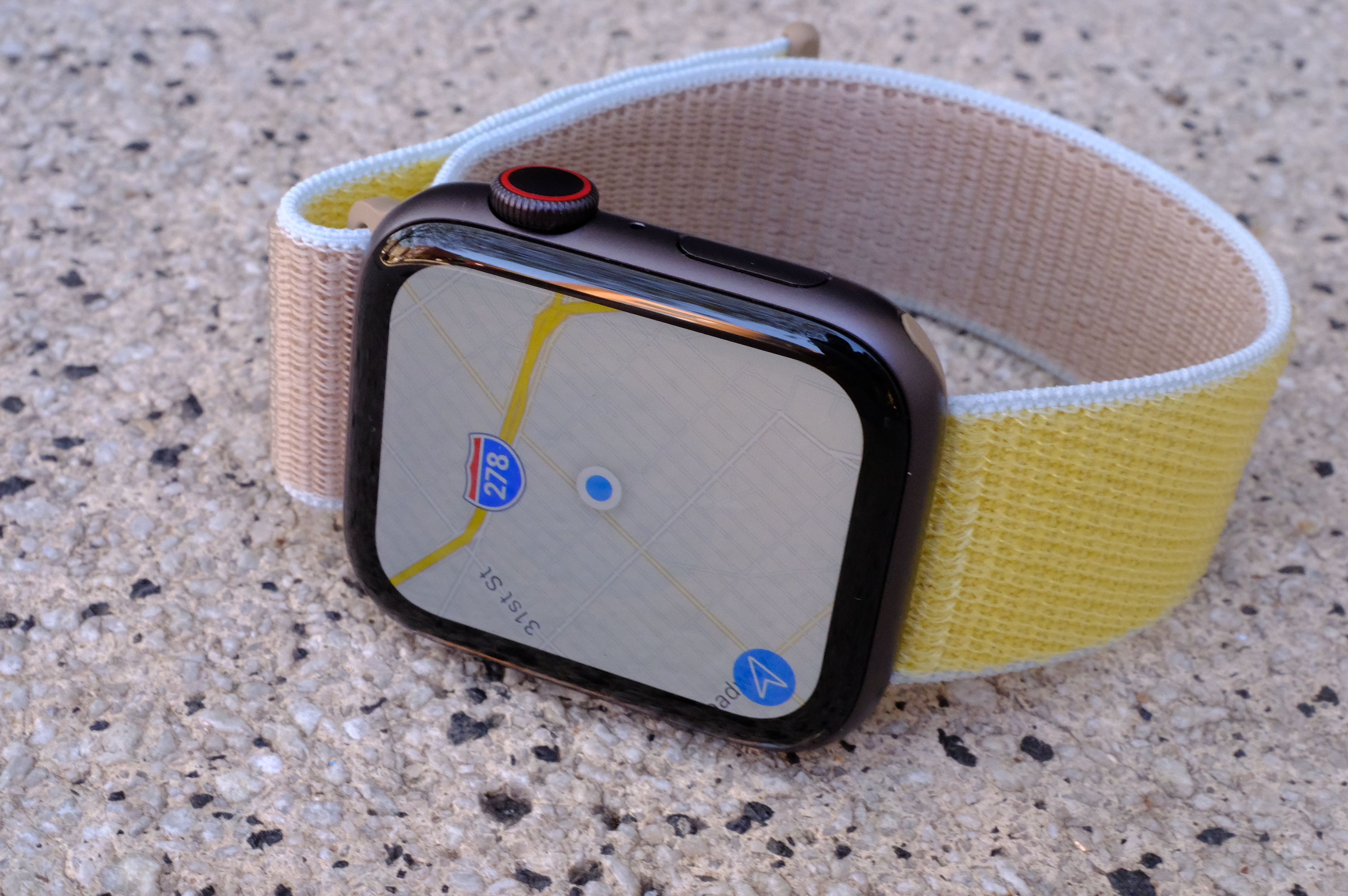
The new watch will also feature a number of software additions new for WatchOS 6, including Cycle Tracking, which makes it possible to log menstrual health, symptoms, period and fertility windows. Therealso the Noise app, which utilizes the Watchbuilt-in microphone to track when noise levels get beyond 90 decibels — at which point they can begin to cause hearing loss.
The Series 5 starts at $399 for the standard version and $499 for cellular. Prices go up from there, including the lovely new titanium version, which will ruin you $799. The ceramic is arguably the best looking of the bunch, but $1,299 disqualifies that model for the vast majority of us. No one ever said good looks came cheap. There are countless other combinations beyond that, which will be available for mix and match at Appleretail locations. Everyone you know may be wearing an Apple Watch, but itstill possible to make yours stand out a bit.
In keeping with the addition of a low-cost iPhone 11, the companykeeping the Series 3 around at $199, offering a much more accessible price point for first-time buyers. For those who already own the device, thereprobably not enough here to warrant an upgrade from last yearmodel, but some welcome new features like the always-on help keep the line fresh.
- Details
- Category: Technology
Read more: Apple Watch Series 5 review
Write comment (91 Comments)Normative, a startup that lets companies automate their carbon reporting — and in turn help them decrease their environmental footprint — has picked up $2.1 million in seed funding.
Backing the Stockholm-based company is ByFounders, with participation from Soundcloud co-founder Eric Wahlforss, Luminar Ventures, and Wave Ventures.
The modest injection of capital will be used by Normative to &accelerate growth& and expand to key markets in the EU and the U.S.
Billed as wanting to become the &Quickbook of carbon reporting,& Normative is a SaaS that plugs into various data — both a companyinternal systems and external databases on the environmental impact of goods and services. It then automatically calculates carbon usage and emissions for reporting purposes, which is traditionally a time consuming and costly process. Existing clients include Summa Equity, Bonava and Ikano.
&It is widely recognized that corporate activities are by far the largest contributor to climate change,& Normative co-founder and CEO Kristian Rönn tells TechCrunch. &To use my own country as a case study, H-M, Ericsson and Electrolux reportedly have larger CO2 emissions than the entire population of Sweden put together. This highlights the reality that in order to mitigate climate change, large companies need to mitigate their emissions&.
However, Rönn says that the first step to mitigating climate change is for companies to measure their climate impact, but only around 5,000 companies of an estimated 200 million companies are thought to measure sustainability at all. To make matters worse, even when carbon emissions are measured, companies typically only include emissions that are easy to track, such as electricity and car fuel consumption, which is estimated to be less than 10% of total company emissions. Missing in much of the data is supply chain emissions, transport, travel, and the production of goods and services.
Which, of course, is where Normative steps in.
&Normative helps large companies to go from mapping 10% of their CO2 to mapping 100% of their emissions for every product, service and activity, by reading data directly from their existing business systems e.g. SAP, Oracle, Microsoft, Visma etc.,& explains Rönn. &Moreover, sustainability reporting has been completely inaccessible for the small enterprise segment (who would afford to pay $50k-200k per year?), but Normative makes the whole process 10x times cheaper&.
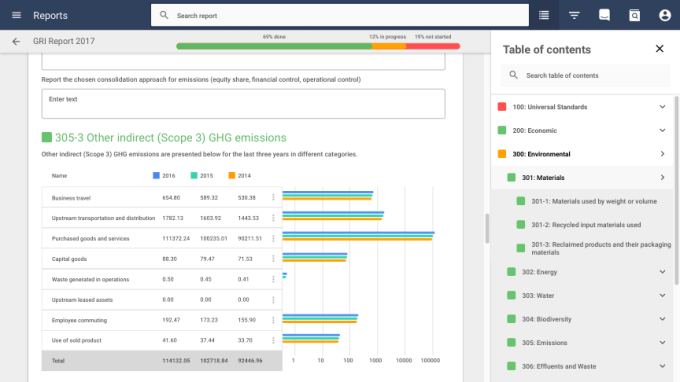
The timing looks good, too. With movements like Extinction Rebellion and a regulatory, shareholder and consumer push for companies to improve their environmental footprint, carbon reporting is becoming more mandatory. In Europe this includes an EU directive stipulating that all large public companies with more than 500 employees must &disclose certain information on the way they operate and manage social and environmental challenges&. Rönn says similar laws are underway also in the U.S.
Adds the Normative co-founder: &Sustainability reporting is a pain and a huge cost in time and money. However, more and more stakeholders — everything from investors to consumers as well as the legislative sector — demands transparency about companies& unpaid externalities. Recently many large investors have signed the UN PRI, saying that they will look at sustainability data and comprehensive reporting when they invest&.
- Details
- Category: Technology
Read more: Normative closes a $2.1M seed to help companies automate carbon reporting
Write comment (90 Comments)Page 861 of 5614

 16
16





